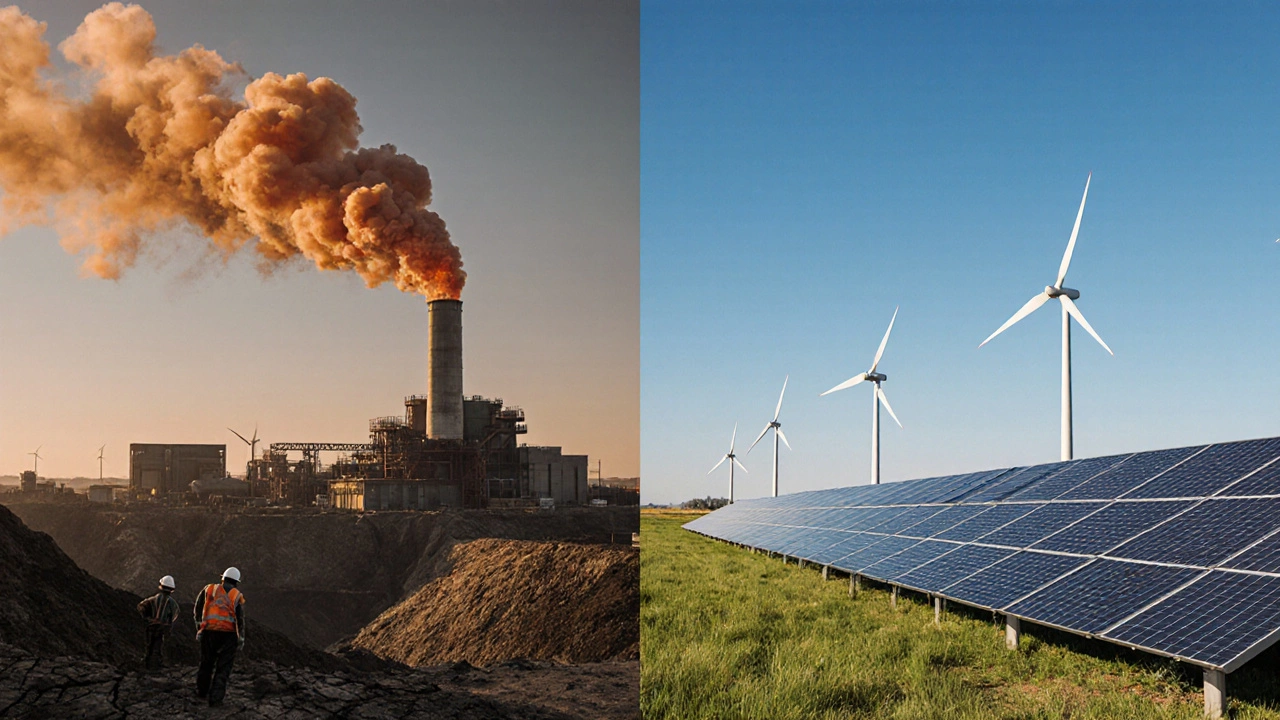Energy Source Deaths: Understanding the Real Human Cost of Power
When we talk about energy source deaths, the number of people who die because of how energy is produced, transported, or used. Also known as energy-related fatalities, it’s not just about accidents—it’s about pollution, long-term illness, and the hidden toll of the fuels we rely on. Most people assume nuclear power is the deadliest, but the data tells a very different story.
Coal, a fossil fuel burned for electricity and heat is responsible for more deaths than any other energy source. Mining accidents, black lung disease, and air pollution from burning coal kill over 8 million people globally every year, according to studies from Harvard and the Lancet. Oil, used in transport and industry isn’t far behind—its spills, fires, and exhaust add millions more deaths. Even natural gas, often called "cleaner" than coal, causes deaths through explosions, leaks, and the health effects of methane emissions. Meanwhile, wind, a renewable energy source that converts wind into electricity, and solar, a renewable energy source that turns sunlight into power, have the lowest death rates by far. A single wind turbine worker might die in a fall, but no one dies from the energy it produces.
Why does this matter? Because when we choose energy, we’re choosing who lives and who doesn’t. The people dying from coal pollution aren’t just statistics—they’re children with asthma, farmers with lung disease, and families in cities choked by smog. Switching to renewables isn’t just about saving the planet—it’s about saving lives, right now. The data is clear: the cleanest energy is also the safest. Below, you’ll find real posts that break down the costs, risks, and hidden impacts of the energy we use—and what’s really driving the shift toward safer power.




